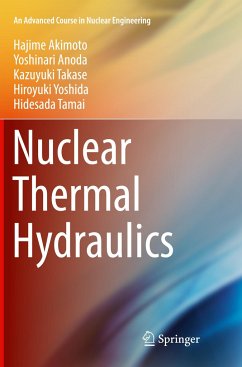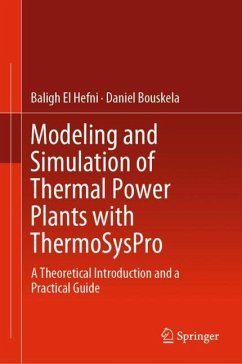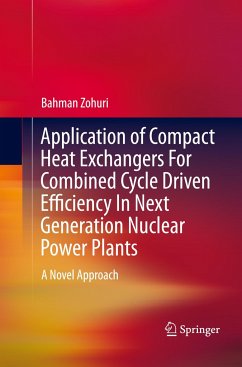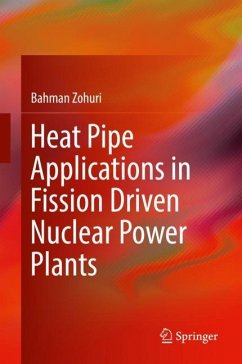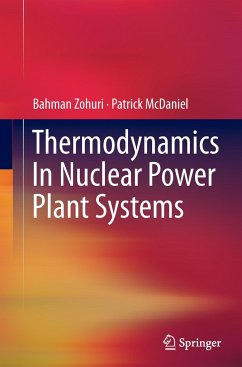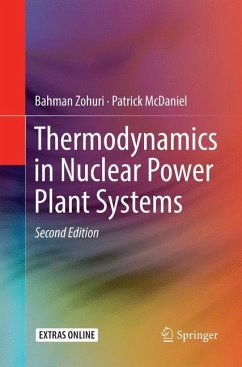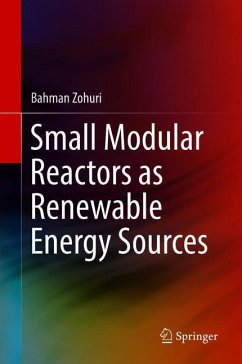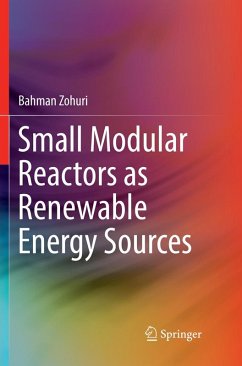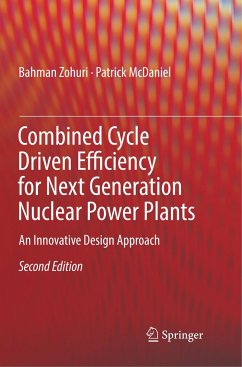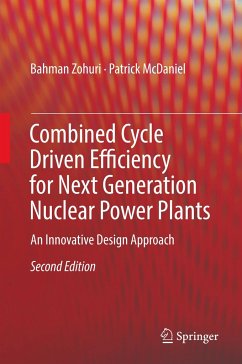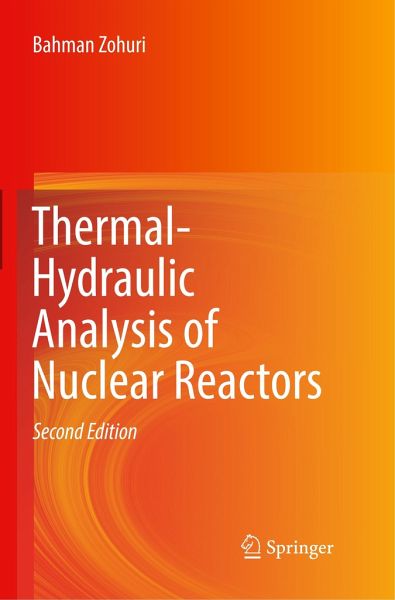
Thermal-Hydraulic Analysis of Nuclear Reactors
Versandkostenfrei!
Versandfertig in 6-10 Tagen
213,99 €
inkl. MwSt.
Weitere Ausgaben:

PAYBACK Punkte
107 °P sammeln!
This revised text covers the fundamentals of thermodynamics required to understand electrical power generation systems and the application of these principles to nuclear reactor power plant systems. The book begins with fundamental definitions of units and dimensions, thermodynamic variables and the Laws of Thermodynamics progressing to sections on specific applications of the Brayton and Rankine cycles for power generation and projected reactor systems design issues. It is not a traditional general thermodynamics text, per se, but a practical thermodynamics volume intended to explain the fund...
This revised text covers the fundamentals of thermodynamics required to understand electrical power generation systems and the application of these principles to nuclear reactor power plant systems. The book begins with fundamental definitions of units and dimensions, thermodynamic variables and the Laws of Thermodynamics progressing to sections on specific applications of the Brayton and Rankine cycles for power generation and projected reactor systems design issues. It is not a traditional general thermodynamics text, per se, but a practical thermodynamics volume intended to explain the fundamentals and apply them to the challenges facing actual nuclear power plants systems, where thermal hydraulics comes to play. There have been significant new findings for intercooled systems since the previous edition published and they will be included in this volume. New technology plans for using a Nuclear Air-Brayton as a storage system for a low carbon grid are presented along withupdated component sizes and performance criteria for Small Modular Reactors.
Written in a lucid, straight-forward style while retaining scientific rigor, the content is accessible to upper division undergraduate students and aimed at practicing engineers in nuclear power facilities and engineering scientists and technicians in industry, academic research groups, and national laboratories. The book is also a valuable resource for students and faculty in various engineering programs concerned with nuclear reactors.
Written in a lucid, straight-forward style while retaining scientific rigor, the content is accessible to upper division undergraduate students and aimed at practicing engineers in nuclear power facilities and engineering scientists and technicians in industry, academic research groups, and national laboratories. The book is also a valuable resource for students and faculty in various engineering programs concerned with nuclear reactors.





